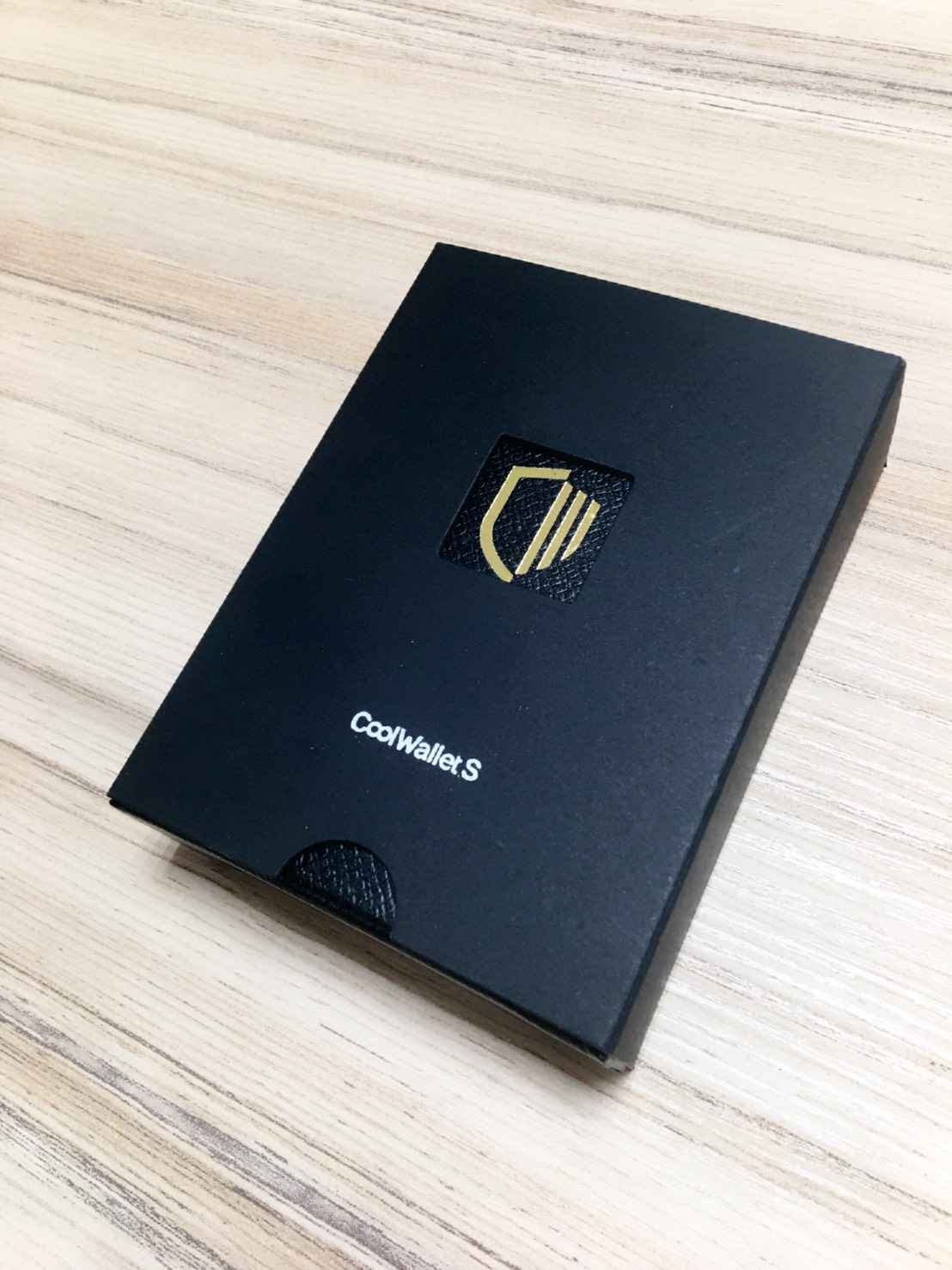
You may not realize how vulnerable your cryptocurrency holdings are to physical threats. Ensuring the security of your hardware wallet is necessary, as a compromised device can lead to significant financial loss. This post explores various tamper-evident technologies that protect against unauthorized access and help identify any physical alterations. Understanding these protective measures can enhance your wallet’s safeguards, making it more difficult for attackers to manipulate your assets.
Key Takeaways:
- Hardware wallets should incorporate tamper-evident features to signal any physical compromise.
- Detection methods can include seal integrity checks and embedded sensors for unauthorized access.
- Regular firmware updates and security assessments enhance the overall protection of hardware wallets.
Understanding Hardware Wallets
While different forms of cryptocurrency storage exist, hardware wallets stand out as one of the most secure options for managing digital assets. They are physical devices designed to securely store private keys offline, significantly reducing the risk of online attacks such as hacking or phishing. By keeping keys isolated from internet-connected devices, hardware wallets offer a level of protection that software wallets cannot match, making them popular among serious cryptocurrency investors.
What is a Hardware Wallet?
Below are the necessary details about hardware wallets. A hardware wallet is a specialized device created solely for the purpose of storing cryptocurrency private keys safely. These devices often feature built-in security measures such as PIN codes, encryption, and backup recovery options, making it nearly impossible for unauthorized users to gain access. Their communication with computers is typically conducted through secure channels, minimizing exposure to malware and cyber threats.
Importance of Security in Hardware Wallets
Wallets are invaluable tools in the world of cryptocurrency, and their security is paramount. With the rise in digital assets, attackers have increasingly targeted individuals and exchanges to steal funds. Consequently, the integrity of the hardware wallet must be prioritized to prevent physical and digital theft. Users need assurance that their investments are shielded against compromise and that any unauthorized physical access will be detectable.
Hence, employing robust security features in hardware wallets is necessary for maintaining user confidence. Such features can include tamper-evident seals, advanced encryption protocols, and regular firmware updates. Ensuring these measures are in place protects assets and reinforces the financial and emotional well-being of individuals investing in cryptocurrencies.
Tamper Evidence Features
Assuming security is a top priority, hardware wallets often incorporate various tamper evidence features to alert users to potential physical compromise. These features can include tamper-evident seals, which visually indicate if the device has been accessed or interfered with, and designs that leave marks or damage when the casing is opened improperly. The effectiveness of these measures is vital in ensuring the wallet remains secure and that users can trust the integrity of their assets.
Physical Security Measures
Across many hardware wallets, physical security measures are implemented to deter unauthorized access. These measures may involve bulky housing materials or the inclusion of screws instead of snap-fit designs, which can be easily manipulated. Additionally, some devices feature uniquely designed enclosures that make it noticeably difficult to open without causing significant damage, thereby increasing the likelihood that any tampering is detected immediately.
Electronic Indicators of Tampering
Between the hardware and its software, electronic indicators play a crucial role in detecting tampering. Many modern wallets integrate self-test functionalities, which check for hardware integrity during startup. If tampering is suspected, these indicators can trigger alerts or lock the device, preventing unauthorized access to stored data.
Considering the advancement in electronics, many wallets now come with built-in sensors that monitor environmental conditions, such as temperature and voltage. Any anomalies detected might suggest an attempt to tamper with the device, triggering protective measures. These automatic alerts not only inform users of potential threats but also help in the immediate response to secure their assets. By leveraging both physical and electronic tamper evidence features, hardware wallets can provide a robust solution for safeguarding digital currencies.
Detecting Compromise
Once again, ensuring the integrity of a hardware wallet is paramount in safeguarding digital assets. A physical compromise can result in unauthorized access, data manipulation, or complete asset loss. Implementing robust detection methods is necessary for users seeking to assess their wallet’s security.
Visual Inspections
Across various security measures, conducting a thorough visual inspection is an accessible and immediate way to identify signs of tampering. Look for irregularities in seals or casing, as well as any markings or distortions that weren’t present at the time of purchase. Surface scratches, misaligned components, or abnormal wear may also indicate previous physical intervention.
Utilizing Diagnostic Tools
Among the more technical approaches, utilizing diagnostic tools can offer deeper insights into a hardware wallet’s condition. These tools can detect malware, unauthorized software modifications, or hardware alterations that may not be visible to the naked eye. Regular assessments using these tools help establish a baseline for functionality and quickly highlight any deviations that could suggest compromise.
Diagnostic software and hardware tools serve as valuable allies in vulnerability assessments. They can conduct comprehensive tests on firmware integrity, assessing any unauthorized updates or modifications. These evaluations also help in identifying potential security loopholes, allowing users to make informed decisions about their wallet’s reliability and safety.
Responding to Compromise
Immediate Actions
Now, upon discovering any evidence of physical compromise, it is necessary to act quickly to minimize potential damage. First and foremost, disconnect the hardware wallet from any connected devices to prevent unauthorized access to sensitive information. Next, assess the extent of the damage; this entails checking for physical alterations and determining if any tampering has occurred. If there’s suspicion of successful infiltration, transfer any remaining funds from the compromised wallet to a secure new wallet without delay.
Long-term Strategies
After addressing immediate concerns, implementing long-term strategies becomes necessary for maintaining digital security. Establish a routine for regular audits of hardware wallets to detect potential vulnerabilities. This includes monitoring firmware updates, using tamper-evident seals, and employing multi-signature wallets for added protection. Consistent education on security practices for all users can also significantly reduce the risk of future breaches.
Consequently, having a dedicated incident response plan in place could serve as your best defense against future compromises. Incorporate regular trainings for all individuals handling the hardware wallet, emphasizing updated security protocols and the significance of recognizing potential threats. By fostering a strong security culture and prioritizing ongoing vigilance, the risk of significant losses can be greatly diminished.
Best Practices for Prevention
Your hardware wallet’s security hinges on adopting proven practices that minimize the risk of physical compromise. First, always choose reputable hardware wallets known for their robust tamper-evident features. Utilize additional physical security methods, such as safes or lockboxes, to further protect your device. It’s imperative to keep your wallet in a location that is not easily accessible to unauthorized individuals, ensuring that both the wallet and its seed phrase are always secure. Regularly assess the integrity of your storage methods to identify any potential vulnerabilities.
Secure Storage Solutions
Above all, investing in high-quality secure storage solutions provides a significant layer of protection against physical tampering. Consider using tamper-proof enclosures that offer visual indicators of any unauthorized access attempts. Implement multi-factor authentication for accessing your safe or storage area, making it more difficult for intruders to gain entry. Additionally, maintaining an organized inventory of your wallet and related accessories can help you quickly spot any suspicious changes or signs of tampering.
Regular Updates and Maintenance
Prevention through regular updates and maintenance can fortify the defenses of your hardware wallet. Keep the wallet’s firmware updated to ensure you benefit from the latest security enhancements. Manufacturers frequently release updates that patch vulnerabilities and offer improved tamper detection capabilities. Additionally, routinely inspect your hardware wallet for any signs of wear or compromise, as even minor damages can expose weaknesses that an attacker might exploit.
Regular updates not only improve functionality but also strengthen security measures. By consistently monitoring for updates from the manufacturer, users can ensure their device is equipped with the most advanced defensive features. Any visible deterioration or malfunction in the wallet should be addressed immediately, as neglecting these warnings can lead to a severe compromise of funds stored within. Developing a maintenance routine helps to mitigate risks effectively.
To wrap up
Presently, implementing tamper evidence mechanisms in hardware wallets plays a vital role in ensuring the physical security of digital assets. These measures help users identify potential compromises, thereby fostering a sense of trust in the integrity of their devices and the protection of their cryptocurrencies. As threats continue to evolve, it becomes imperative for hardware wallet manufacturers to stay ahead by incorporating advanced technologies that enhance tamper detection and response capabilities.
Ultimately, the effectiveness of tamper evidence in hardware wallets not only safeguards individual assets but also bolsters the overall security framework of the cryptocurrency ecosystem. By prioritizing physical security and user awareness, stakeholders can contribute to a more robust defense against emerging threats, ensuring that the promise of secure digital asset management is upheld.
FAQ
Q: What is hardware wallet tamper evidence?
A: Hardware wallet tamper evidence refers to features built into a hardware wallet that indicate whether the device has been physically compromised or tampered with. These features can include stickers, seals, or mechanisms that destroy or alter the device’s data if tampering occurs.
Q: How can I detect if my hardware wallet has been physically compromised?
A: To detect physical compromise, check for any signs of tampering such as broken seals, scratches, or misaligned components. Additionally, some wallets include built-in features that provide alerts or notifications if unauthorized access is attempted.
Q: What should I do if I suspect my hardware wallet has been tampered with?
A: If you suspect tampering, do not use the wallet or attempt to access your funds. Instead, check with the manufacturer for guidance, and consider transferring your assets to a new, verified hardware wallet to ensure security.






